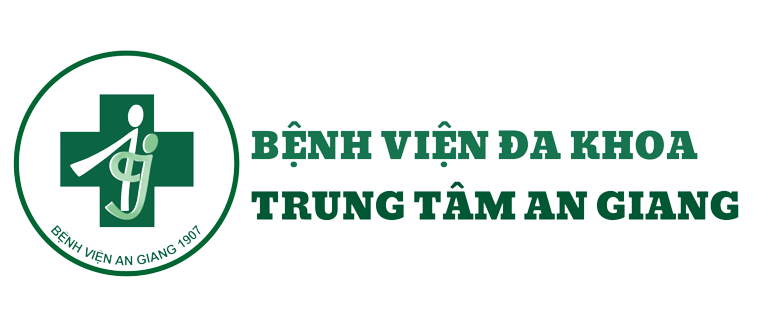Cochrane Database Syst Rev. 2010 Nov 10;11:CD003594.
Hodson EM, Willis NS, Craig JC.
a) Centre for Kidney Research, The Children’s Hospital at Westmead, b)SydneySchoolof Public Health, TheUniversityofSydney, Locked Bag 4001, Westmead, NSW,Australia, 2145.
Update of: Cochrane Database Syst Rev. 2006;(2):CD003594.
BACKGROUND: The majority of children who present with their first episode of nephrotic syndrome achieve remission with corticosteroid therapy. Children who fail to respond may be treated with immunosuppressive agents including calcineurin inhibitors (cyclosporin or tacrolimus) and with non-immunosuppressive agents such as angiotensin-converting enzyme inhibitors (ACEi). Optimal combinations of these agents with the least toxicity remain to be determined.
OBJECTIVES: To evaluate the benefits and harms of interventions used to treat idiopathic steroid-resistant nephrotic syndrome (SRNS) in children.
SEARCH STRATEGY: Randomised controlled trials (RCTs) were identified from the Cochrane Renal Group’s specialised register, Cochrane Central Register of Controlled Trials (CENTRAL), MEDLINE, EMBASE and reference lists of articles.
SELECTION CRITERIA: RCTs and quasi-RCTs were included if they compared different immunosuppressive agents or non-immunosuppressive agents with placebo, prednisone or other agent given orally or parenterally in children aged three months to 18 years with SRNS.
DATA COLLECTION AND ANALYSIS: Two authors independently searched the literature, determined study eligibility, assessed quality and extracted data. For dichotomous outcomes, results were expressed as risk ratios (RR) and 95% confidence intervals (CI). Data were pooled using the random effects model.
MAIN RESULTS: Fourteen RCTs (449 children) were included. Cyclosporin when compared with placebo or no treatment significantly increased the number of children who achieved complete remission (three studies, 49 children: RR 7.66, 95% CI 1.06 to 55.34). Cyclosporin significantly increased the number with complete or partial remission compared with IV cyclophosphamide (one study, 32 children: RR 3.40, 95% CI 1.12 to 10.28). There was no significant difference in the number who achieved complete remission between oral cyclophosphamide with prednisone versus prednisone alone (two studies, 91 children: RR 1.06, 95% CI 0.61 to 1.87), IV versus oral cyclophosphamide (one study, 11 children: RR 3.13, 95% CI 0.81 to 12.06), IV cyclophosphamide versus oral cyclophosphamide with IV dexamethasone (one study, 49 children: RR 1.13, 95% CI 0.65 to 1.96), tacrolimus versus cyclosporin (one study, 41 children: RR 0.86, 95% CI 0.44 to 1.66) and azathioprine with prednisone versus prednisone alone (one study, 31 children: RR 0.94, 95% CI 0.15 to 5.84). ACEi significantly reduced proteinuria (two studies, 70 children). No studies were identified comparing high dose steroids and cyclosporin with single agents, placebo or no treatment.
AUTHORS’ CONCLUSIONS: Further adequately powered, well designed RCTs are needed to confirm the efficacy of cyclosporin and to evaluate other regimens for idiopathic SRNS including high dose steroids with cyclosporin.





